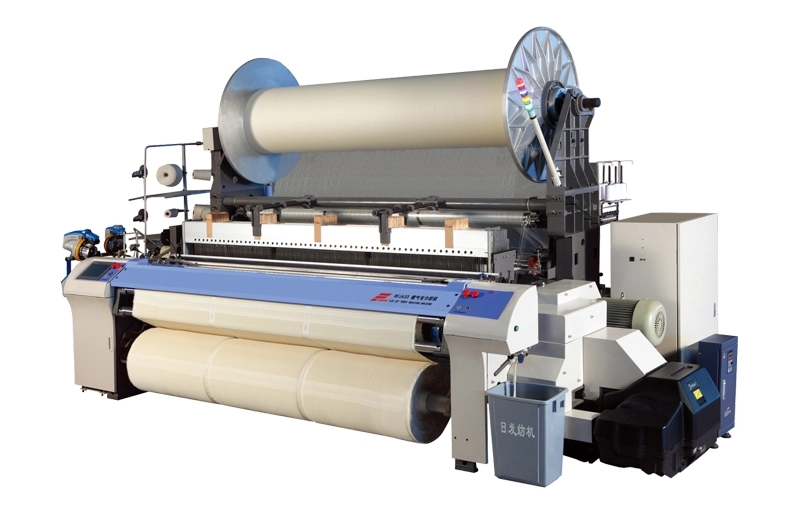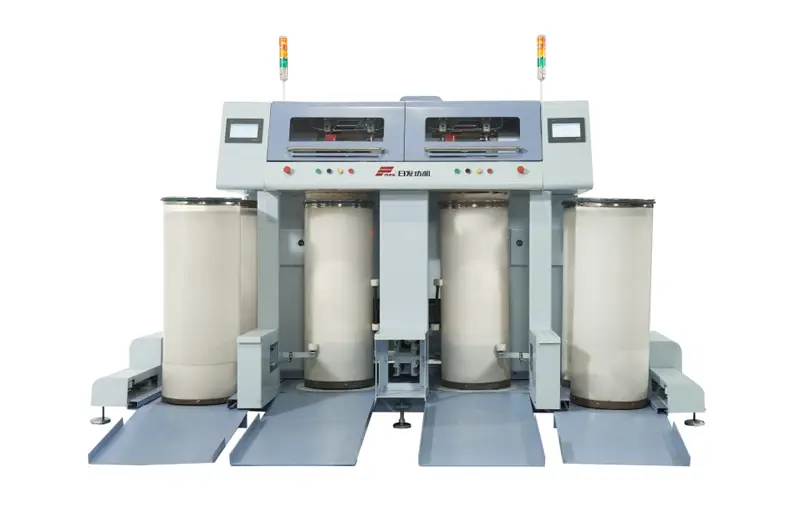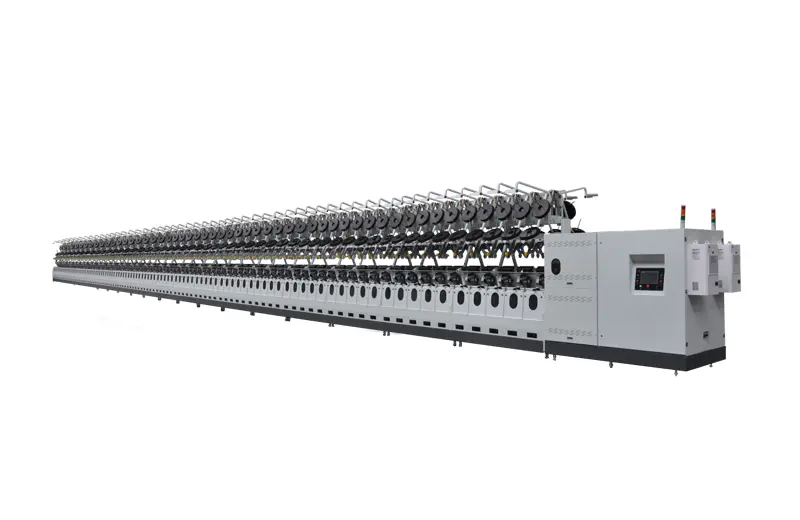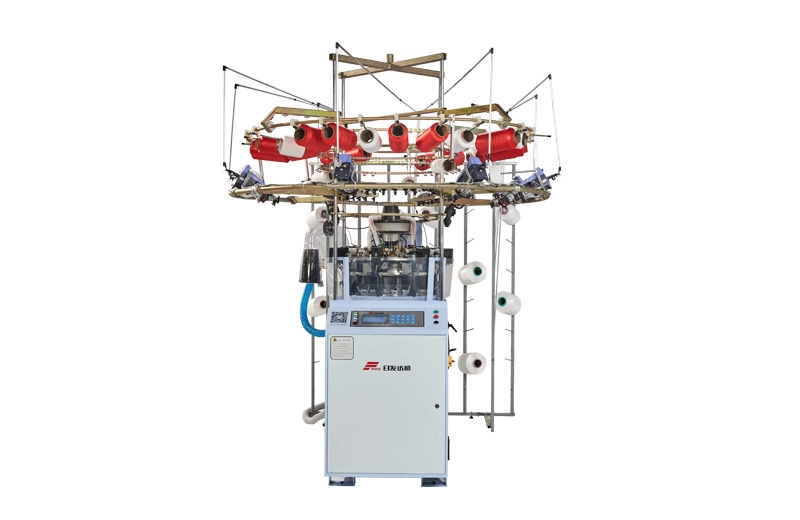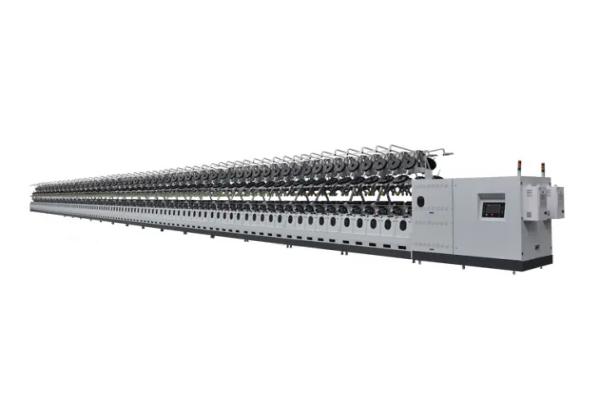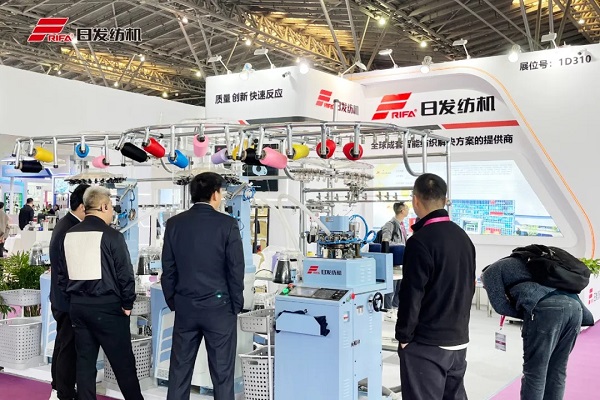The water jet loom and the air jet terry loom both belong to the jet loom class of shuttleless looms, but they differ in many ways. This article will briefly compare the two types of looms and explain the difference between air jet loom and water jet loom.
What is an Air Jet Loom?
An Air Jet Loom is a type of weaving machine that uses a jet of air to propel the weft yarn through the warp shed. Unlike traditional looms that rely on mechanical means to insert the weft, Air Jet Looms utilize compressed air, making the weaving process faster and more efficient. This technology allows for the production of a wide range of fabrics, from lightweight to heavy-duty materials.
Advantages of Air Jet Looms
High Speed and Efficiency: One of the most significant advantages of Air Jet Looms is their high-speed operation. These looms can achieve weaving speeds of up to 1500 picks per minute, making them ideal for large-scale production. The use of air jets reduces the mechanical complexity, allowing for faster and more efficient weaving.
Versatility: Air Jet Looms are highly versatile and can handle a wide range of yarn types, including cotton, polyester, and blends. This versatility makes them suitable for producing various types of fabrics, from lightweight sheers to heavy-duty industrial textiles.
Superior Fabric Quality: The gentle handling of yarns by the air jets results in minimal yarn breakage and damage, leading to superior fabric quality. The even distribution of weft yarns ensures a consistent and high-quality weave.
Lower Maintenance Costs: Compared to other types of looms, Air Jet Looms have fewer moving parts, which translates to lower maintenance costs. The reduced mechanical wear and tear mean that these looms have a longer operational lifespan.
Energy Efficiency: While Air Jet Looms do require compressed air, advancements in technology have made them more energy-efficient. Modern Air Jet Looms are designed to minimize air consumption, reducing overall energy costs.
Applications of Air Jet Looms
Apparel Fabrics: Air Jet Looms are widely used in the production of apparel fabrics, including shirting, suiting, and dress materials. The ability to handle various yarn types and produce high-quality fabrics makes them ideal for the fashion industry.
Home Textiles: From bed linens to curtains, Air Jet Looms are employed in the manufacturing of home textiles. The high-speed operation and superior fabric quality ensure that these products meet consumer expectations.
Industrial Textiles: Air Jet Looms are also used in the production of industrial textiles, such as conveyor belts, filtration fabrics, and geotextiles. The durability and strength of the fabrics produced make them suitable for demanding industrial applications.
Technical Textiles: In the realm of technical textiles, Air Jet Looms are used to produce specialized fabrics for automotive, aerospace, and medical applications. The precision and quality of the weave are crucial in these high-performance textiles.
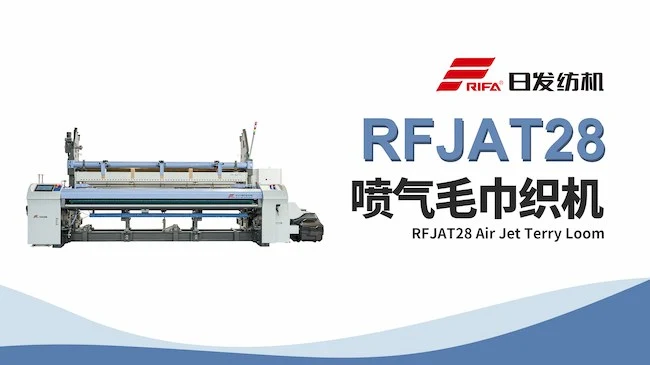
What is a Water Jet Loom?
A Water Jet Loom is a type of weaving machine that uses a high-pressure jet of water to propel the weft yarn through the warp shed. Unlike traditional looms that rely on mechanical or air-based methods for weft insertion, Water Jet Looms utilize water, making the weaving process both efficient and smooth. This technology is particularly well-suited for weaving hydrophobic synthetic fibers such as polyester and nylon.
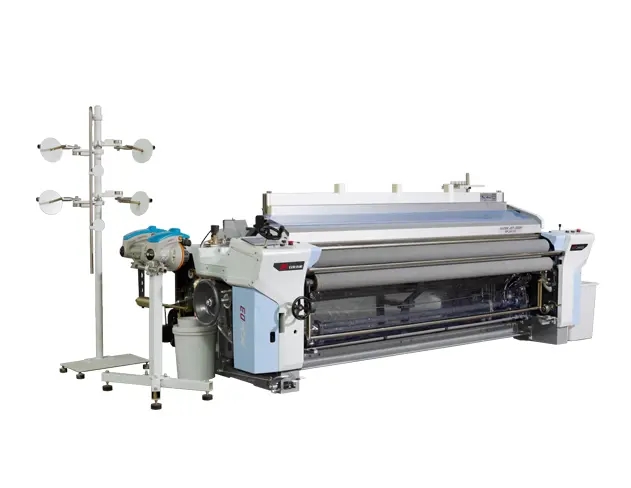
Difference Between Air Jet Loom and Water Jet Loom
When comparing Air Jet Looms and Water Jet Looms, several key differences emerge that influence their suitability for various textile applications. Air Jet Looms use compressed air to propel the weft yarn through the warp shed, making them highly versatile and capable of handling a wide range of yarn types, including natural fibers like cotton and blends. They are known for their high-speed operation and ability to produce high-quality fabrics with minimal yarn breakage. However, they tend to consume more energy and are noisier due to the use of air compressors. On the other hand, Water Jet Looms utilize a high-pressure jet of water to insert the weft yarn, making them particularly effective for weaving hydrophobic synthetic fibers such as polyester and nylon. These looms are generally more energy-efficient and quieter but are limited in their ability to handle natural fibers due to moisture sensitivity. Additionally, Water Jet Looms require significant water usage, which can be a concern in water-scarce regions. Understanding these differences helps textile manufacturers choose the appropriate loom based on their specific production needs and material requirements.
Weft-entry Medium
The water jet loom machine uses water as the medium for inserting the weft, and produces friction traction on the weft yarns by jetting water, so that the weft yarns on the fixed cylinder are introduced into the shuttle mouth. It relies on the power of the water to facilitate the movement of the weft yarn in the warp shuttle back and forth. The air jet terry loom uses air as the medium for weft insertion, the main nozzle drives the auxiliary nozzle, relay jet compressed air flow, propels the weft yarn shuttle, to achieve the purpose of weft insertion.
Variety Adaptability
The adaptability of the air jet terry loom is much broader than that of the water jet loom, which is conducive to the development of new products. Air jet terry loom's weft insertion stability is better, thus it has higher operating efficiency and better product quality, and at the same time, the degree of automation of the air jet terry loom is higher than that of the water jet loom, making it less prone to malfunctions.
Comparison of Technology
It is worth noting that the water jet loom has a far greater negative impact on the environment than the air jet terry loom, mainly concentrated in large amounts of water consumption and wastewater emissions. The average daily water consumption of a water jet loom is about 3.6 tons, and the average daily wastewater emission is about 4 tons, of which the content of difficult-to-degrade organic pollutants is extremely high. If not treated properly, it will cause serious pollution to the local water body. The air jet terry loom uses air as the weft insertion medium, with almost no pollutant emission, making it a greener and more environmentally friendly weaving process.
Comparative Diagram: Air Jet Loom vs Water Jet Loom
ASPECT
| Air Jet Loom | Water Jet Loom |
| Weaving Mechanism | Uses air to propel the weft yarn through the shed. | Uses water to propel the weft yarn through the shed. |
| Primary Use | Primarily used for weaving terry fabrics. | Primarily used for weaving synthetic fabrics. |
| Speed | High-speed operation, typically faster than water jet looms. | High-speed operation, but generally slower than air jet looms. |
| Energy Consumption | Higher energy consumption | Lower energy consumption |
| Material Suitability | Suitable for a wide range of yarns, including cotton and blends. | Best suited for hydrophobic synthetic yarns like polyester and nylon. |
| Fabric Quality | Produces high-quality terry fabrics with good texture and absorbency. | Produces smooth and high-quality synthetic fabrics. |
| Environmental Impact | No water usage, but higher energy consumption. | Requires significant water usage, which can be a concern in water-scarce areas. |
| Maintenance | Requires regular maintenance of air compressors and nozzles. | Requires maintenance of water pumps and nozzles, and water treatment systems. |
| Cost | Generally higher initial investment and operational costs. | Lower initial investment and operational costs compared to air jet looms. |
| Noise Level | Typically noisier due to the use of air jets. | Generally quieter than air jet looms. |
| Moisture Sensitivity | Not affected by moisture; suitable for all environments. | Sensitive to moisture; not suitable for natural fibers that absorb water. |
| Versatility | Highly versatile, can handle a variety of yarn types and fabric designs. | Less versatile, mainly limited to synthetic yarns. |
Overall, compared to the water jet loom, the air jet terry loom offers broader adaptability to different materials, better stability of weft insertion, higher operating efficiency, better product quality, and is more environmentally friendly at the same time. In the context of increasing emphasis on water environment management, adopting air jet terry looms to replace water jet looms has become a general trend.




